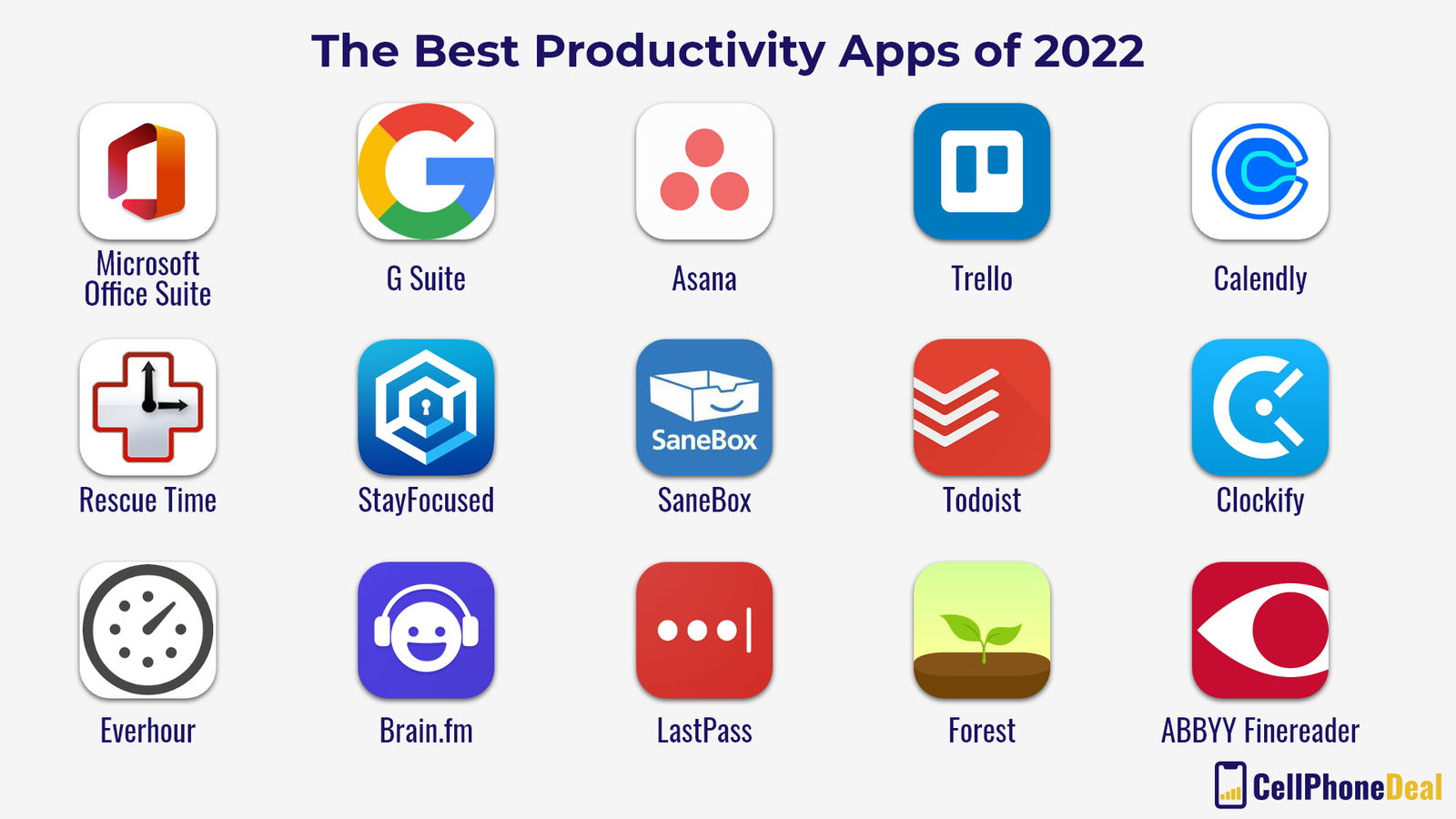Free vs Paid Software Which One is Right for You
Choosing between free and paid software is a common dilemma for individuals and businesses alike. Free vs paid software can be a real conundrum, influencing whether to prioritize cost-effectiveness or robust functionalities. Software, whether free or paid, plays a critical role in modern productivity, impacting efficiency and workflow. This article dives deep into the factors to consider, helping you determine the ideal choice. We’ll examine the pros and cons of both approaches, exploring their respective roles in streamlining workflows and achieving specific objectives. The structure of this article will first define the concept of free vs paid software, followed by an in-depth comparison of their advantages and disadvantages. Finally, we’ll provide a conclusion to assist you in making an informed decision.
Understanding the Free vs Paid Software Landscape
Defining Free and Paid Software
Free software is usually open source or offered on a freemium model with limited features. Users typically only pay for upgrades or premium features. Paid software, on the other hand, provides a comprehensive set of tools and functionalities with the option of varying pricing models dependent on user needs and project demands. Often, premium software comes with superior support and a greater capacity for growth. Choosing wisely is key to optimizing workflow and project success.
Identifying the Key Factors
Several factors need consideration when evaluating software. User needs, project specifications, and budget constraints are paramount. For simple tasks, free options might be sufficient. But for complex projects, paid software is often required. This is a key factor in the equation and can significantly impact the final decision. Furthermore, scalability and support are crucial, especially as projects grow. Often, robust functionalities and reliable technical support are bundled with paid software options.
Assessing the Pros and Cons of Free Software
Advantages of Free Software
Free software often has a wider community of users and contributors. Collaboration and knowledge sharing among users are fostered. The affordability of free software is often a major driving force in choosing it over paid counterparts. This makes it a popular choice for individuals and small businesses with limited budgets. Free options frequently offer fundamental tools. These tools are great for straightforward tasks and basic needs. Another advantage is that free options often come with rapid implementation, reducing start-up times and optimizing early stages.
Disadvantages of Free Software
One of the limitations of free software is that it often includes reduced features. Furthermore, support can be limited or non-existent which may cause issues when complex problems arise. Scalability is also often a concern with free options. Functionality is often constrained for complex tasks or high-volume projects. Sometimes, free software lacks the level of customization needed for specific user workflows and needs.
Evaluating the Advantages and Disadvantages of Paid Software
Advantages of Paid Software
Paid software is often more reliable and secure, offering consistent performance for complex projects. Paid software is generally more robust and scalable with comprehensive support and assistance. Paid options usually feature more features compared to freeware. Customizability is often better in paid software, tailoring to specific user needs and workflows, making them a good fit for specific industries or professions.
Disadvantages of Paid Software
Paid software may be a significant investment, a consideration for businesses or individuals with strict budgets. Implementation can take time, potentially slowing project start-up. Subscription models might not be a good fit for short-term projects. Cost, setup time, and ongoing commitments are factors in choosing software, often making paid solutions less flexible for rapidly changing project needs or environments.
Practical Examples and Case Studies
Free Software in Action
Many open-source software options exist, like Apache OpenOffice, LibreOffice, and GIMP are good examples. These options offer basic yet functional features, enabling users to perform tasks with minimal expenditure and time spent on implementation. They provide alternatives to expensive paid software solutions, emphasizing that functionality is not exclusively tied to cost.
Paid Software's Significance
Paid software options like Adobe Creative Suite, Microsoft Office, and Salesforce are commonly used in professional contexts. They provide advanced functionalities, robust features, and extensive support, aligning with business needs for more advanced project management and productivity. These solutions are frequently favored by enterprises and organizations demanding more sophisticated capabilities, reflecting the importance of functionality and support in high-stakes professional environments.
Related Post : The Best Video Editing Software for Content Creators
Considering Scalability, Support, and Future Updates
Software Scalability
Scalability is a crucial factor when selecting software, particularly for businesses with growing needs and projects. Paid software often provides greater scalability for increasing user requirements, optimizing functionality for high volume or complex projects. This is in contrast to free software, where scalability is often limited and may require seeking out alternative options. Scaling software needs to be evaluated in relation to project demands. This helps in ensuring compatibility.
Software Support
Paid software typically includes dedicated support channels, like email, phone, or live chat. This proactive assistance is often lacking in free software. The response time and effectiveness of support staff are key differentiators. Paid support reduces the risk of delays or project setbacks, often improving productivity.
Comparing Free and Paid Software Options
Feature Comparison
Free software may have limited features, especially for advanced functionalities or intricate workflows. Paid software, conversely, often has a comprehensive array of functionalities, tailored to the needs of professionals and businesses.
Pricing Structures
Free software often employs freemium models. Paid software often includes different pricing tiers, depending on the features and functionalities needed. Customization and support services are often integrated into the pricing model.
Making the Right Decision for Your Needs
Identifying User Needs
Defining your specific software requirements will greatly impact your decision-making process. Understand your needs and requirements to properly evaluate whether free or paid software better aligns with your workflow and priorities.
Aligning with Budget Constraints
Budget limitations can be a significant factor. For individuals or small businesses, free software is a viable option. Paid software may be necessary for more extensive use cases and support needs.
Key Considerations for Small Businesses
Choosing Free Software for Small Businesses
Free software is often the ideal solution for a small business, particularly those operating on a shoestring budget or needing basic tools. Free options might be sufficient for straightforward tasks and project management.
Exploring Paid Software for Growth
For rapidly expanding businesses with complex requirements, paid software might be the best choice. Advanced features and extensive support are necessary to meet evolving needs.
The Future of Software
The Evolution of Free Software
Free software is constantly evolving, incorporating new functionalities and features to compete with paid options.
The Continuing Relevance of Paid Software
Paid software will remain relevant for complex projects and high-volume users, reflecting the need for advanced tools and professional support in complex projects or workflows. Companies with complex needs or requirements that require flexibility and expandability might choose to invest in paid software to best support those needs.
In conclusion, choosing between free and paid software depends heavily on your specific needs and budget. If you’re looking for basic functionalities and don’t require advanced features, free options may be sufficient. However, for more robust capabilities and support, a paid software solution might be the better investment. Consider factors like scalability, technical support, and future upgrades when making your decision. Explore the various free and paid software options available to find the ideal solution for your unique requirements. Visit [website address] to discover more about software solutions tailored to your needs!
Share this content:














9 comments